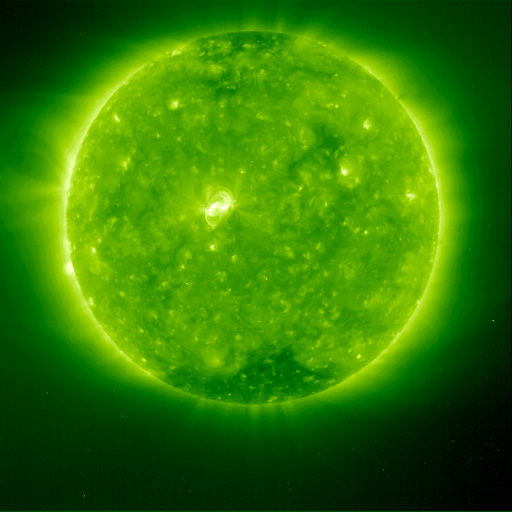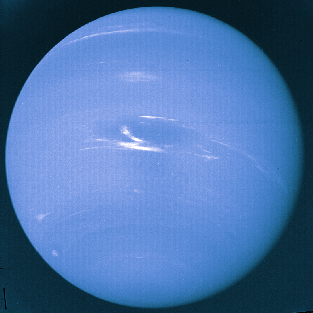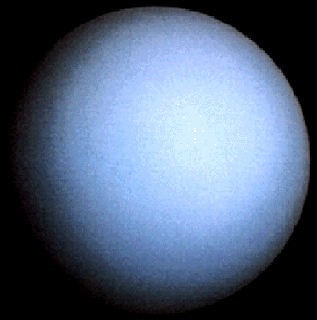
As the mission pilot it
is my job to properly navigate the ship from earth to our first planetary system. We have chosen the planetary system around the
star known as 51 Pegasus.
I think that we should be able
to travel the 41 light years between earth and this system, because I do not
see any astronomical hazards between here
and there.
Once we are in the system we plan on deploying a probe very similar to the Voyager probes that were sent from earth to explore our home solar system. We felt that this style probe will give us many good pictures of everything that is in the system and is a very reliable design. Also this probe will continue traveling after it leaves the system and report on anything that it happens to come within range of its gravity.
Because there is no known planet in the system that is friendly to human life we have decided to not attempt a landing on the gas giant. We felt that sending a Galileo style satellite into orbit around the planet can learn more, without risking our lives. We chose this style of satellite because it carries an atmospheric probe that will send back measurement of what is in the atmosphere of this gas giant.
Without a lander mission we have no need of personal gear for the surface.
As predicted our trip to 51 Pegasus was very quick and we found no unforeseen difficulties.
Upon entering the system we discovered three new facts about the system. The gas giant is not the only planet in the system. There are two other planets, one at about 8 AU and the second at about 12 AU. Both are similar to Neptune and Uranus. The only reason that we discovered the two new planets is because of the Voyager style satellite we launcher towards the edge of the system. It was attracted to the new planets by their magnetic fields and by the slight pull of the gravity. These are frozen ice planets that are made mostly for water ice. We also detected trace amounts of frozen CO2, and various other frozen hydrocarbons. The images that we captured of these two new planets are included in my report as well.
The gas giant had been our main focus for coming to this system. Shortly after we arrived we launched our Galileo style satellite towards the large planet. We should get several pictures from the satellite for the next few months. With the high radiation, it is doubtful that we can expect the satellite to survive much longer then that. Some of our first images showed us just how chaotic the atmosphere really is. Similar to Jupiter and Saturn, there are several bands of weather patterns that circle the entire planet. We also noticed several smaller storms that traveled in a belt between the bands.
We dispatched the probe on the third day into the heart of one of the biggest storms to get some basic weather readings to give the folks back home something to compare the average day here with that of earth. Our probe only lasted for about and hour in the incredible heat and pressure of the planet’s upper atmosphere. We recorded temperatures well above 2200C°! This is hot enough that even the heaviest elements are only found in the gas state of matter. The average atmospheric pressure readings were a very unpleasant 2500mmHg and crushing gravity of nearly 3 times that of earth. We also discovered that because of how close the planet is to its sun, the side that is closes to the sun is visibly distorted.
Due to the tremendous amount of radiation that both the start and the planet were given off we had to limit our stay near the planet to no more then 12 hours at a time. I strongly feel that any more time then that and we could damage the shielding on the ship.
I recommend that when another mission can be sent out here they bring a satellite with enough shielding to survive in the high radiation levels for a longer period of time. Also attention needs to be given to the two new planets. I would suggest a long term satellite mission to both as well as a possible linking satellite to relay the data from the three satellites before it is sent back to earth. That would also help to identify any problems with one of the other satellites more quickly and without any major loss of data.

Gas giant and first known planet in the system around 51 Pegasus

Second known Planet in the system around 51 Pegasus

Third and final of the known planets in the system around 51 Pegasus
Return to main page